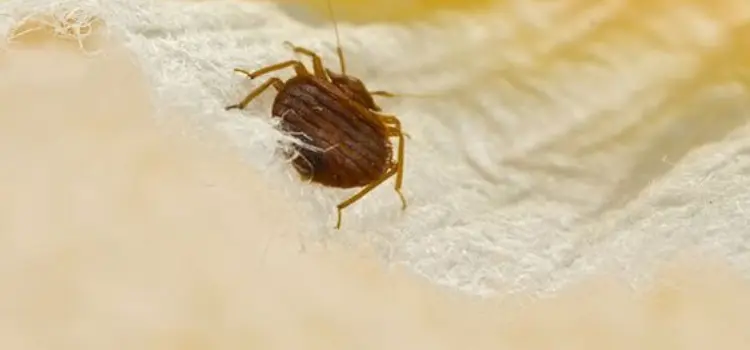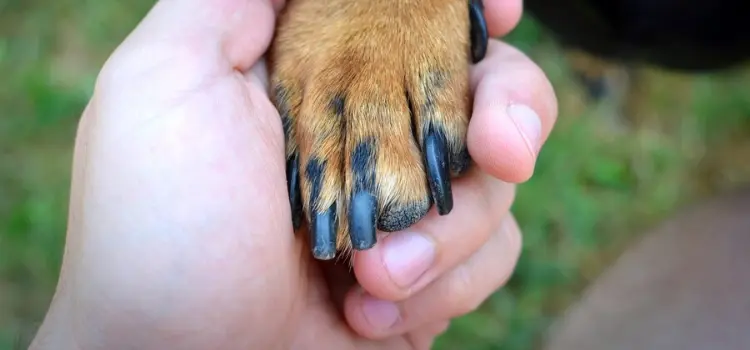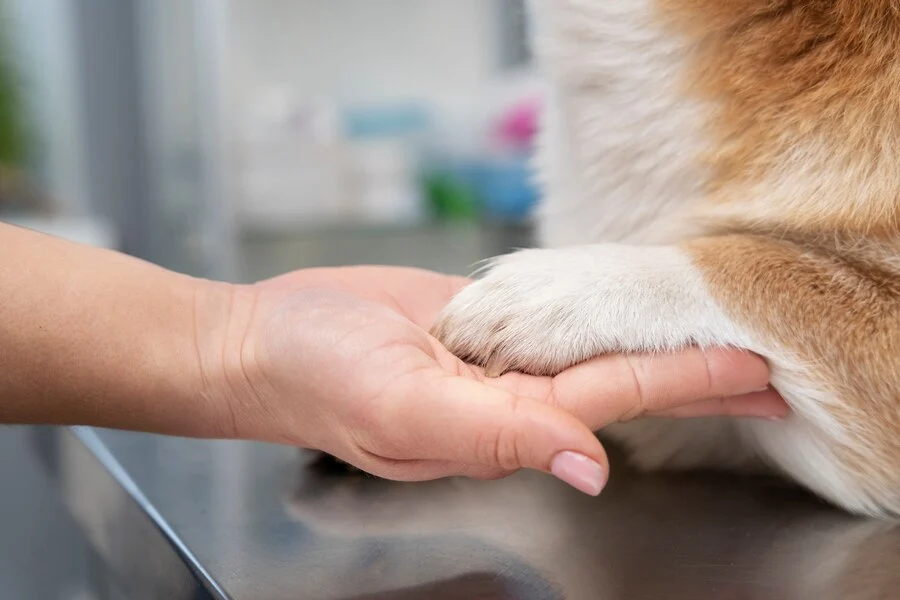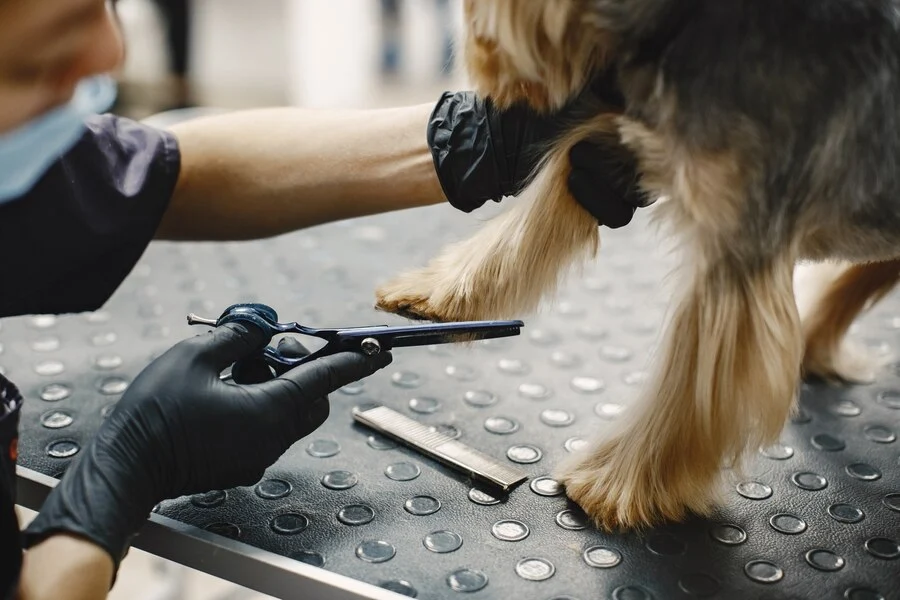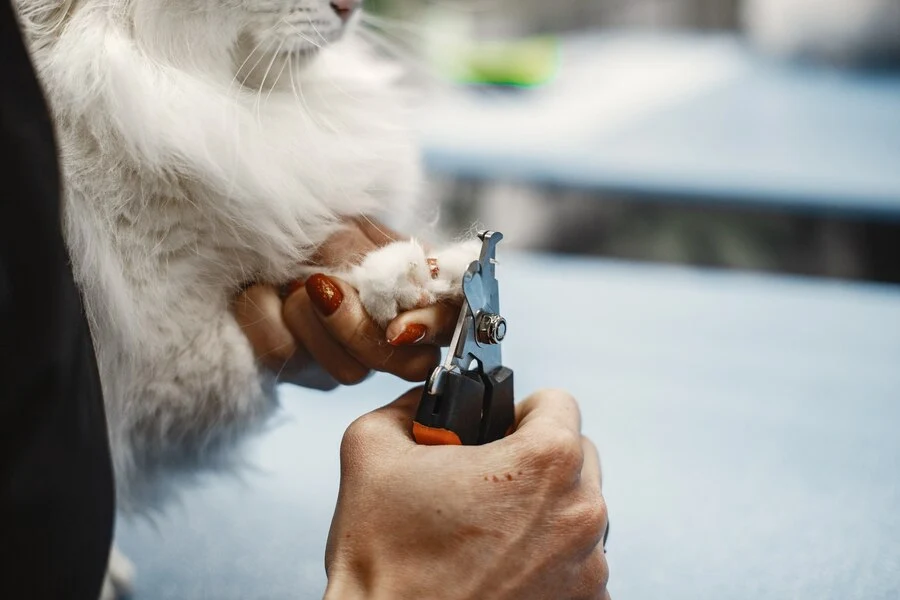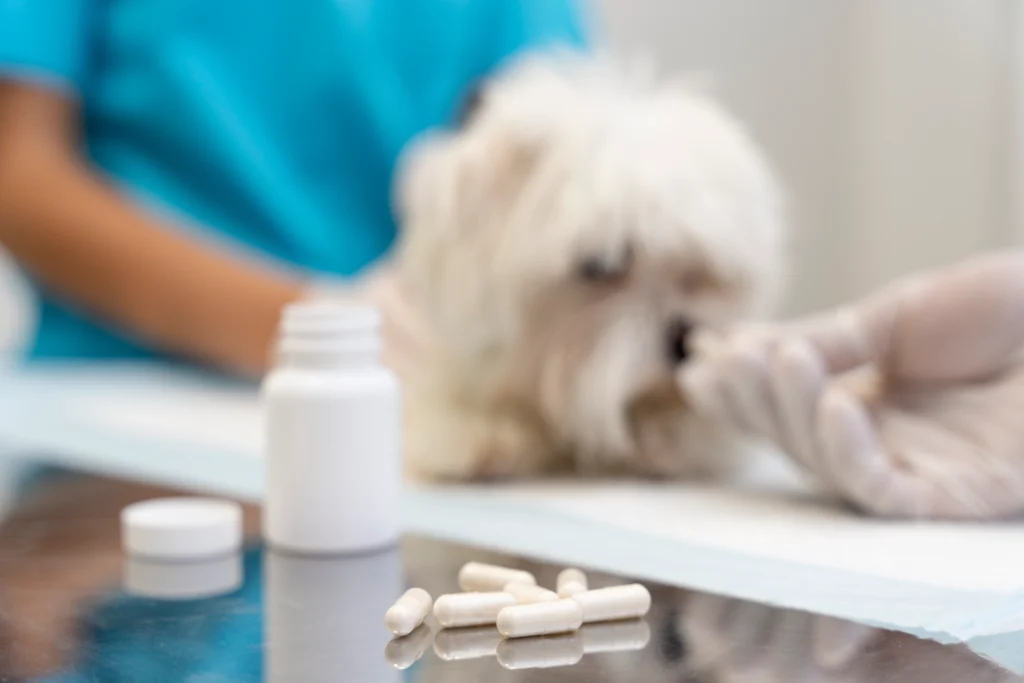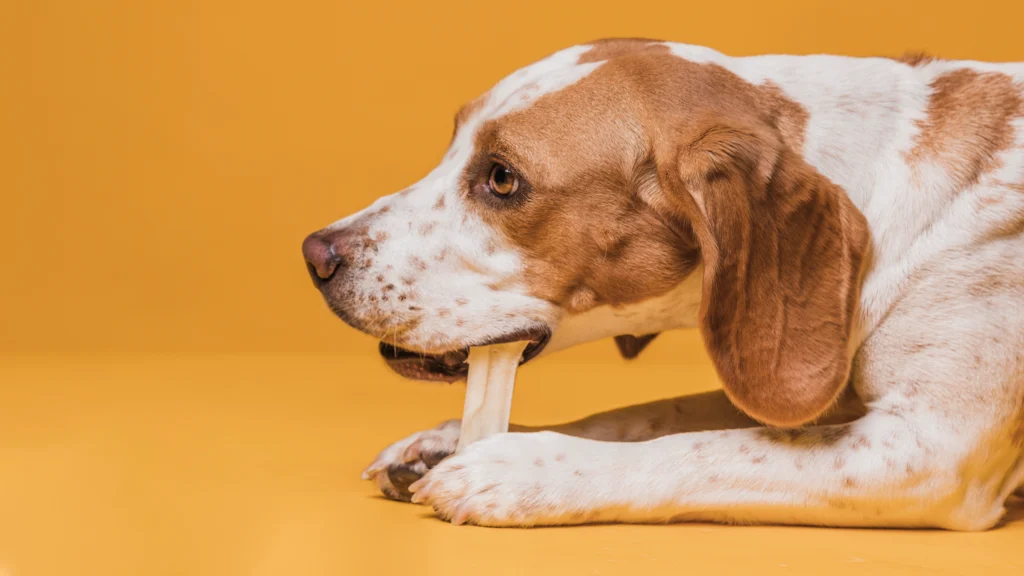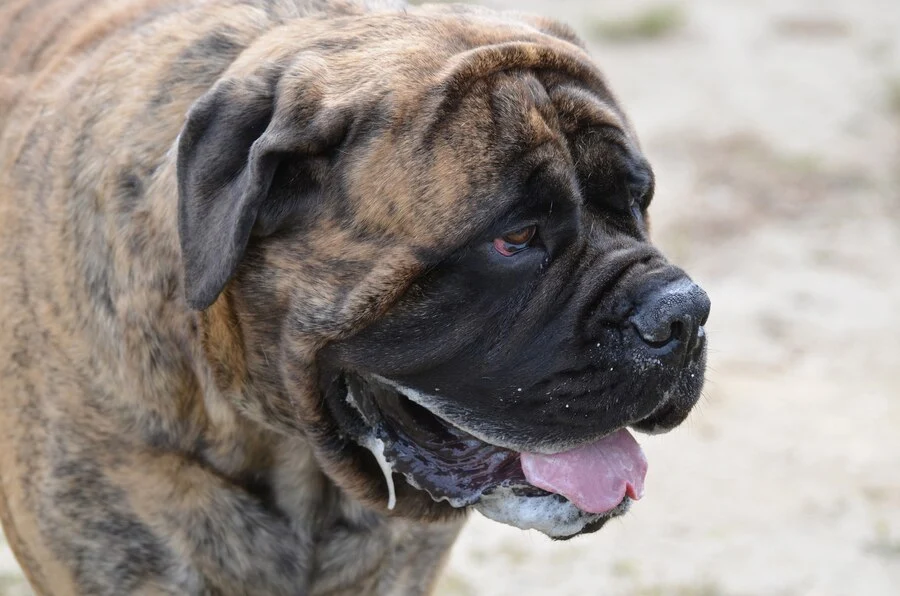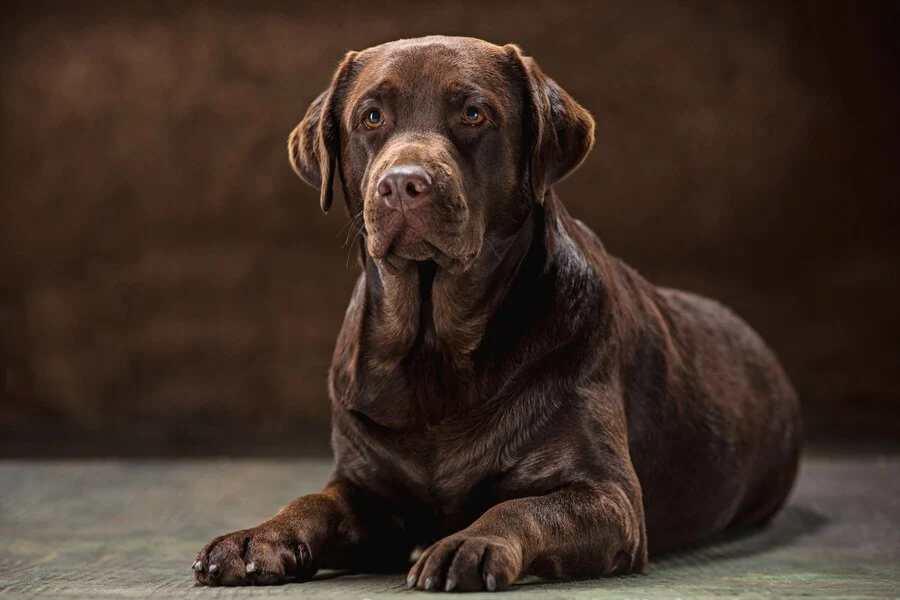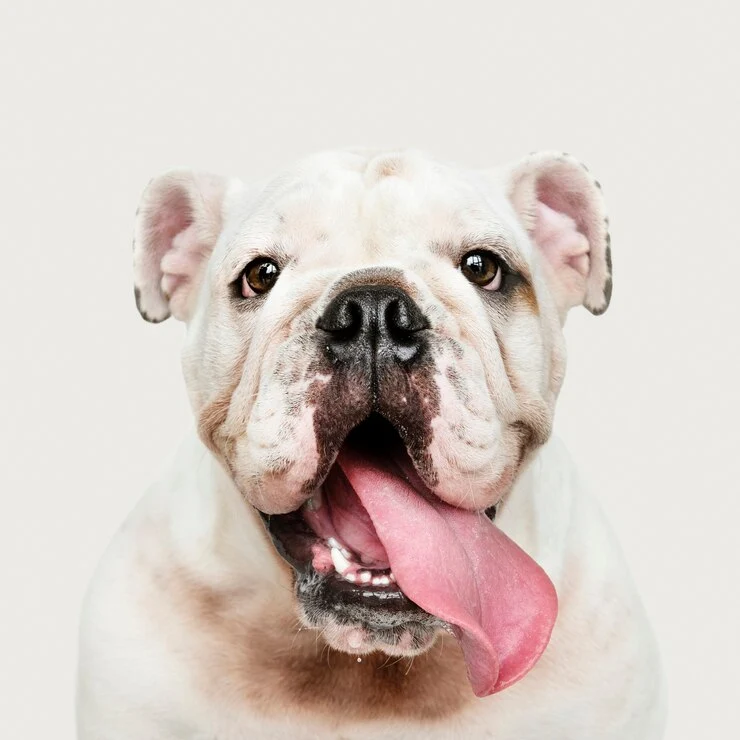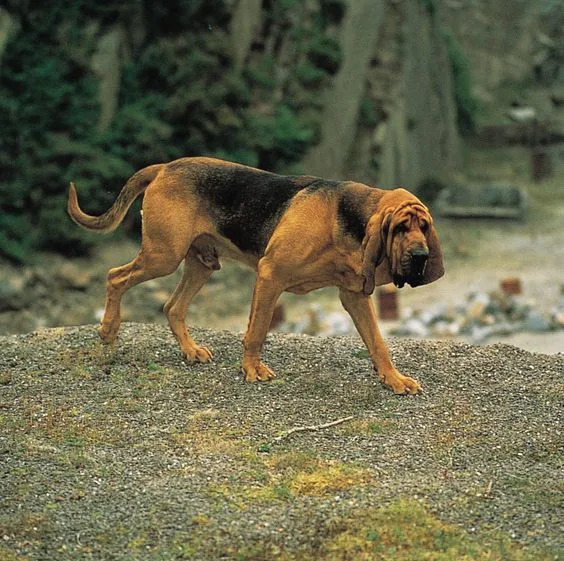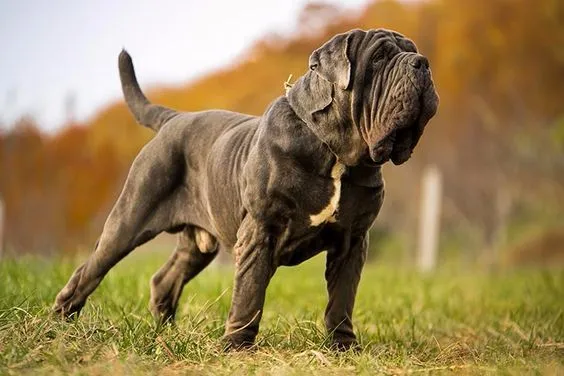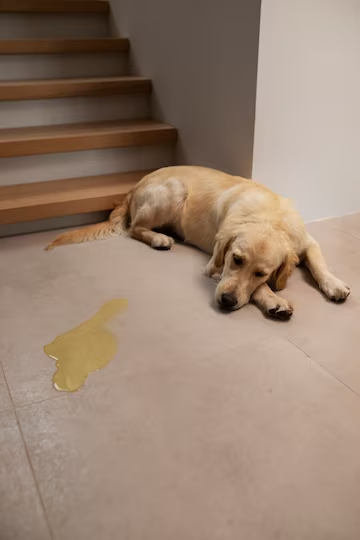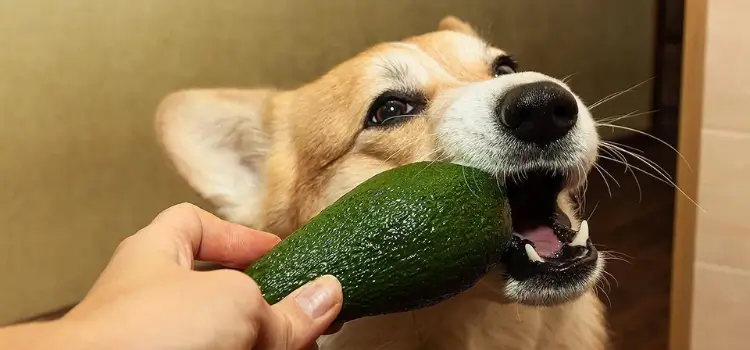Understanding and Dealing with Fleas: A Comprehensive Guide
Inceptive
Fleas, those tiny, pesky bugs, can quickly become a nuisance for your beloved pets and your home. If you suspect your pet has fallen victim to these bloodsuckers, it’s crucial to act swiftly. In this comprehensive guide, we will help you identify, understand, and effectively eliminate fleas from your life. With the right knowledge and supplies, you can ensure a flea-free environment for your pets and family.
Identifying Fleas
What Do Fleas Look Like?
Fleas are masters of disguise, but we can unveil their secrets. To confirm that you’ve encountered these tiny terrors, look for the following distinctive characteristics:
- Size: Fleas are minuscule, measuring only 1-2mm in length.
- Color: Typically reddish-brown or black.
- Shape: Oval, somewhat resembling ticks (though ticks are larger).
- Preferred Spots: Fleas tend to congregate on your pet’s lower back, near the base of the tail, as well as around the neck and belly.
- Jumping Abilities: While unable to fly, fleas possess impressive jumping capabilities.
However, identifying adult fleas is just the tip of the iceberg when it comes to detecting an infestation. Keep an eye out for flea eggs, flea dirt, and flea bites, as well as any unusual scratching behavior in your pets.
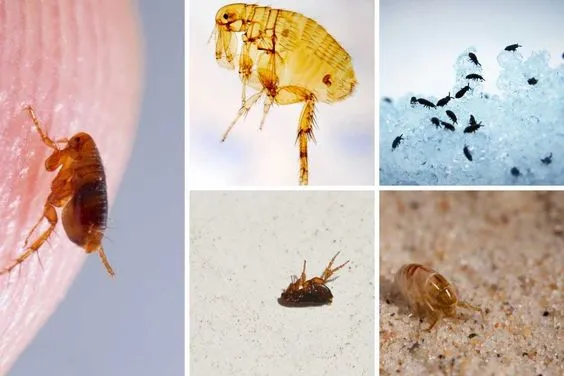
What Do Flea Eggs Look Like?
Fleas are prolific reproducers, with a single female capable of laying up to 50 eggs per day. Recognizing flea eggs is essential in stopping their multiplication. Here’s how to spot them:
- Size: Flea eggs are incredibly small, approximately 0.5mm, making them challenging to spot without close examination.
- Translucent Appearance: Flea eggs have a light, off-white color, making them blend in on light-colored surfaces.
- Shape: Resembling grains of salt due to their shape, color, and size.
- Widespread Distribution: Fleas lay their eggs on their host animal, but these non-sticky eggs can fall off and be found in the environment, such as bedding, carpets, or furniture.
The flea life cycle includes two additional stages before adulthood: larvae and pupae, which also need identification:
- Flea Larvae: These tiny, worm-like creatures are 1-2mm long, legless, and covered in short hairs. They typically appear off-white.
- Flea Pupae: Measuring 2-3mm and encased in silken cocoons, flea pupae often blend in with environmental debris.
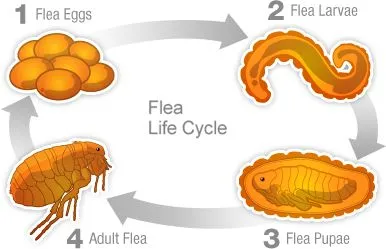
What Does Flea Dirt Look Like?
Where there are fleas, there’s flea dirt, the less glamorous term for flea feces. To identify flea dirt, look for these characteristics:
- Appearance: Resembling small, dark brown specks or grains, akin to ground black pepper.
- Location: Flea dirt is commonly found in areas frequented by fleas, such as your pet’s bedding and furniture.
- Staining: To confirm the presence of flea dirt, place suspected specks on a damp, white paper towel. If it’s indeed flea dirt, it will dissolve, leaving behind red or brownish stains due to the blood content.
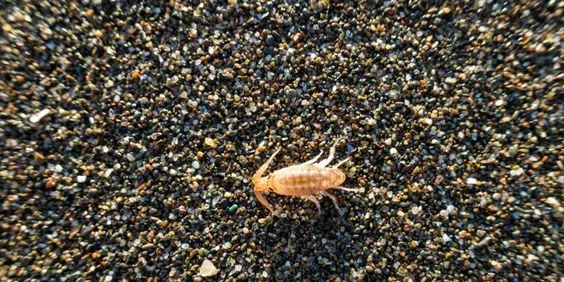
What Do Flea Bites Look Like?
Checking your pet for flea bites is another way to confirm a flea infestation:
- Red Bumps: Flea bites manifest as red, itchy bumps that may become swollen and inflamed.
- Clustering: These bites often appear in small clusters or lines.
- Ubiquitous Location: Fleas can bite anywhere on your pet’s body, making their presence hard to miss.
Different species of fleas, such as cat fleas and dog fleas, can infest both pets and humans. Their bites look the same and can result in symptoms like intense scratching, hair loss, and scabs. In severe cases, pets may develop flea anemia, characterized by pale gums, lethargy, and loss of appetite.
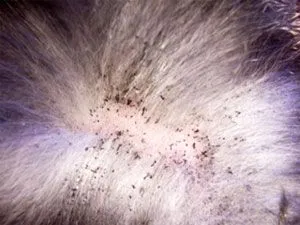
I Found Fleas—Now What?
Discovering fleas on your pets and in your home can be disheartening. However, there’s a proven process to eradicate fleas effectively:
- Use a Flea Comb: Thoroughly comb your pet’s fur to remove fleas. Place the collected fleas in a bowl of isopropyl alcohol to kill them.
- Give a Flea Bath: Use a gentle shampoo to wash away flea eggs, larvae, and pupae during your pet’s bath.
- Apply Preventative Treatment: Don’t fall for the myth that fleas are only a problem in warm months. They can persist year-round, so administer a flea/tick prevention treatment as advised by your veterinarian.
- Treat Your Home: Vacuum carpets, rugs, and upholstered furniture regularly to remove flea eggs, larvae, and pupae. Wash your pet’s bedding and toys in hot water to eliminate fleas at various stages of their lifecycle.
- Treat Your Yard: Use pet-safe insecticide to spray your yard, ensuring it’s safe for your pets after the treatment has dried.
- Repeat: Continue these steps every 3-4 weeks for the next 3-6 months or until you no longer spot fleas on your pet.
Preventing Flea Infestations
Nobody wants to go through a flea infestation repeatedly. To keep these pests at bay, consider various preventative measures:
- Oral Medications: Convenient chewable tablets are available for easy flea and tick prevention for your dog.
- Topical Treatments: Fragrance-free serums applied to your pet’s skin offer one-month protection. Bathe your pet before applying or wait at least two days after application before giving them a bath.
- Flea Collars: A single medicated collar can provide protection for several months.
- Home Treatments: Explore a range of options, including sprays, powders, plug-ins, and glue traps to eliminate fleas from your living space.
- Yard Treatments: Fleas favor temperate, shady, and soily environments. Maintain and treat your yard with lawn spray to prevent unwanted hitchhikers.
Regularly check your pet for fleas and flea dirt, especially if they’ve been in contact with other animals or environments known for fleas. The earlier you detect these pests, the easier it is to manage them. Always follow the manufacturer’s instructions and consult your veterinarian when using any regular treatment to effectively prevent flea infestations.

